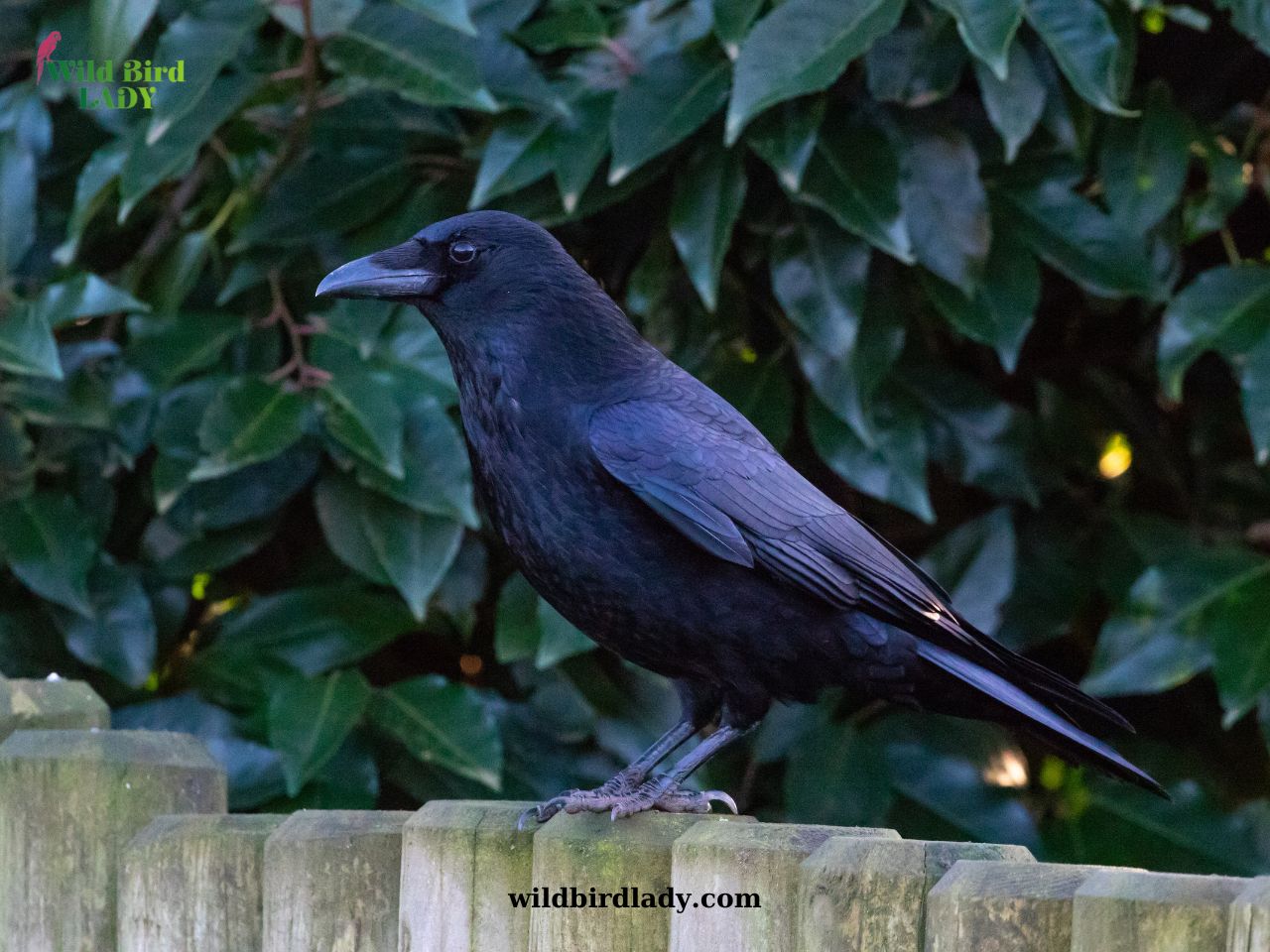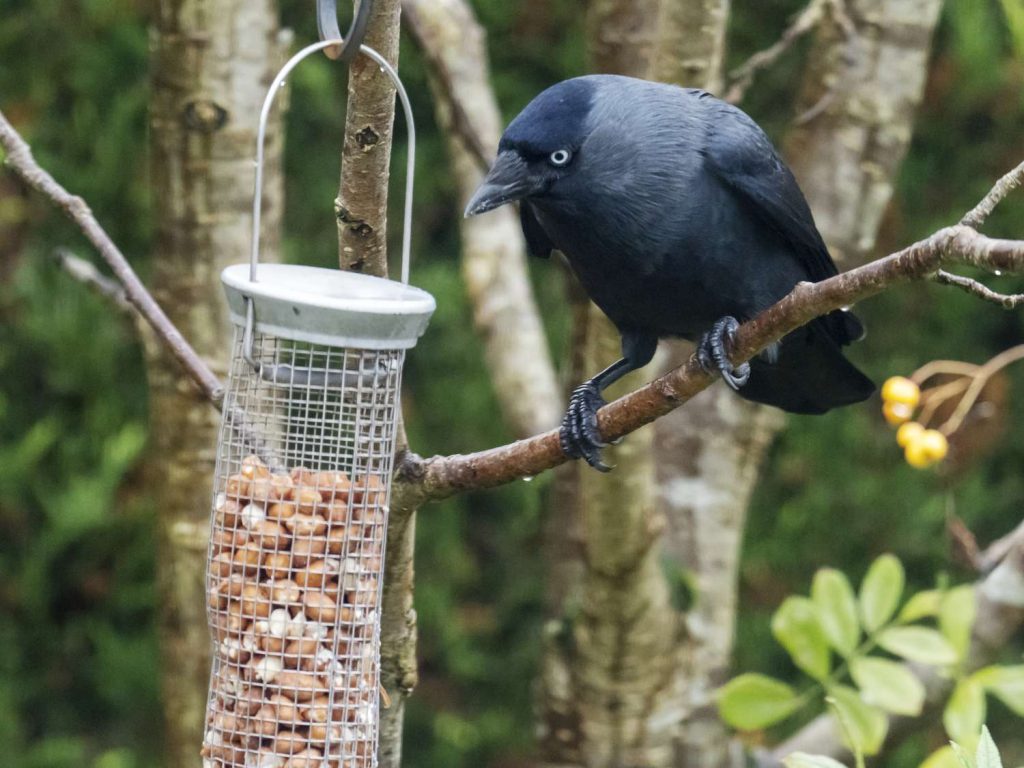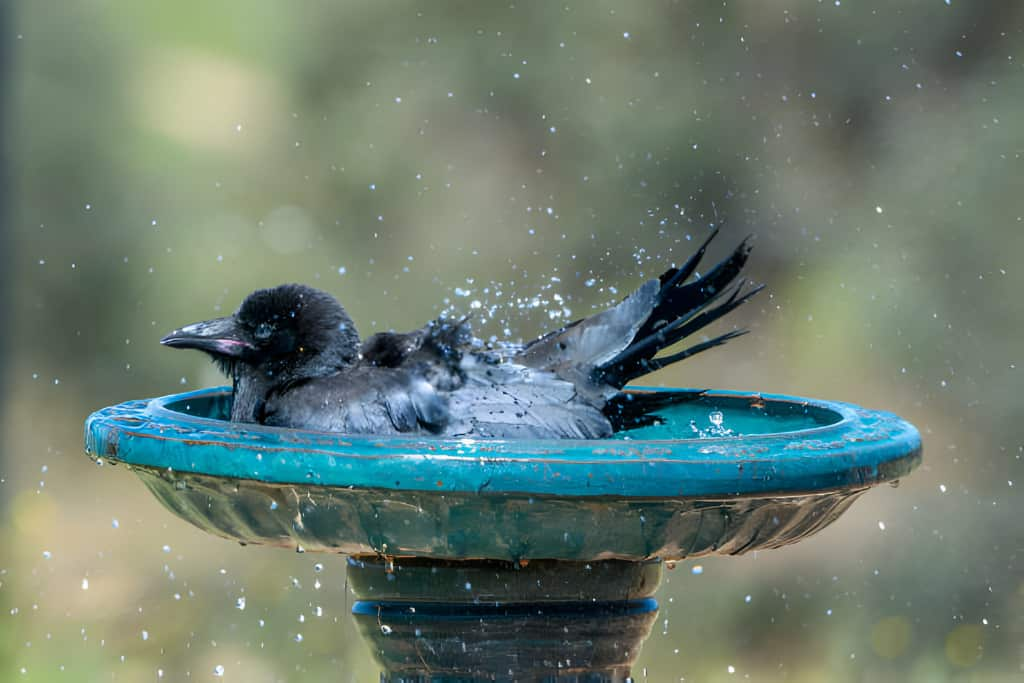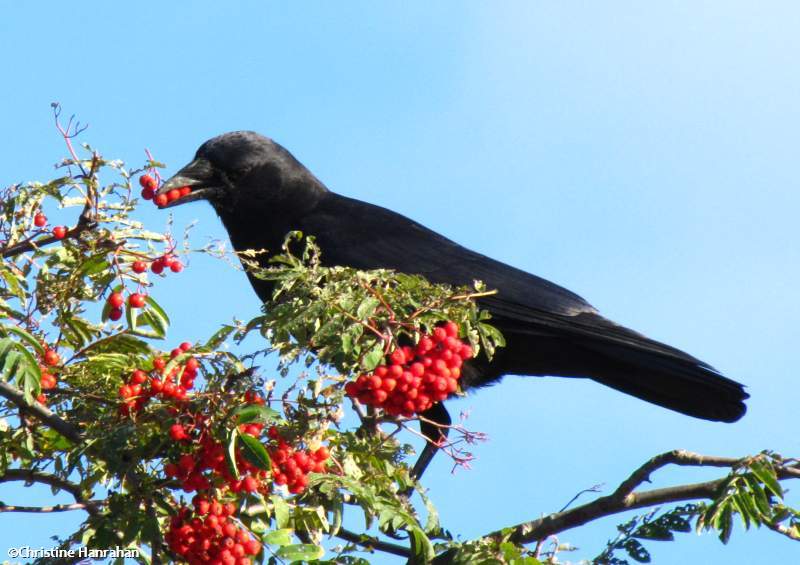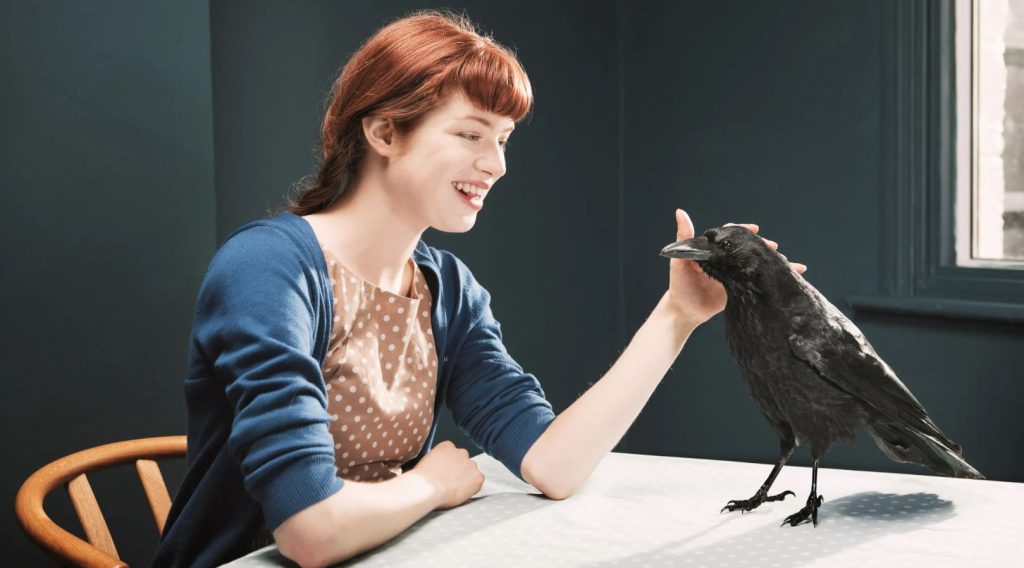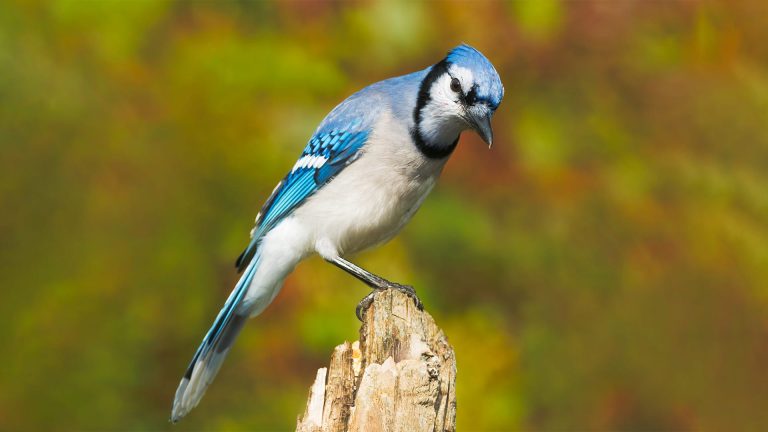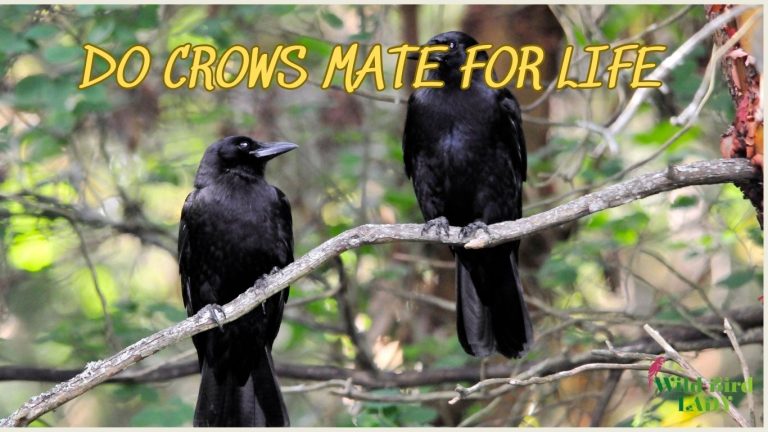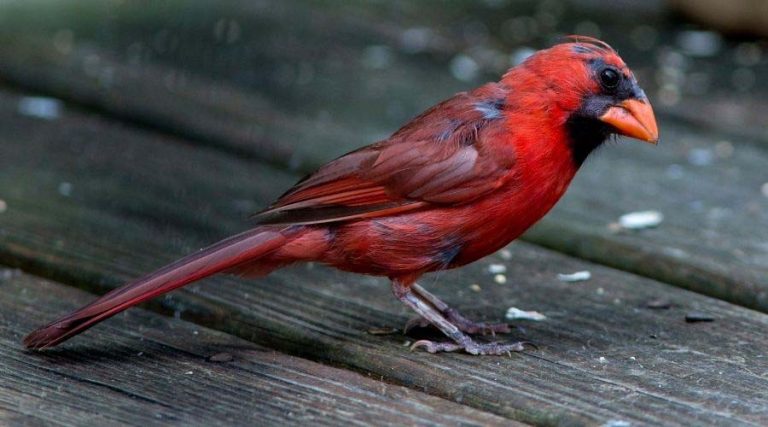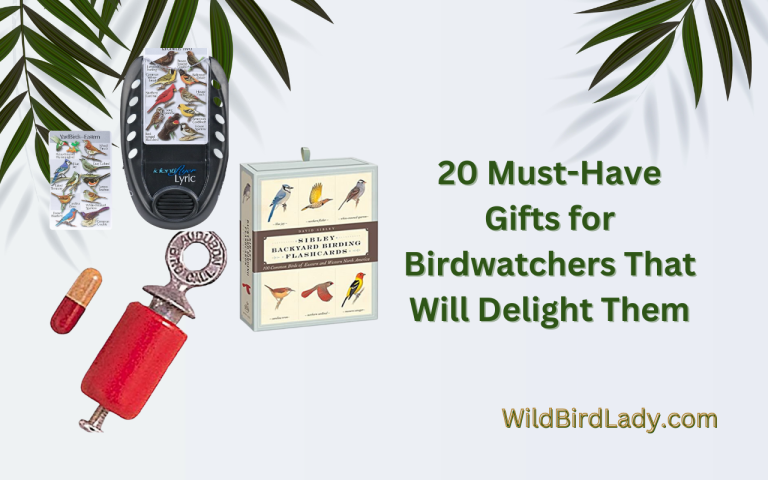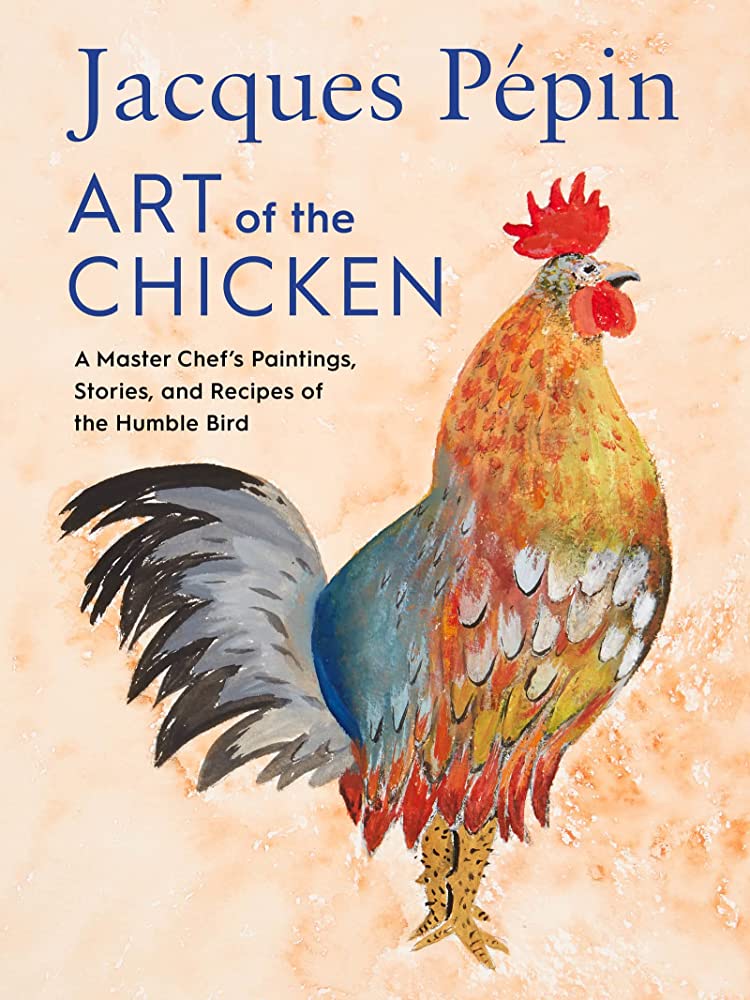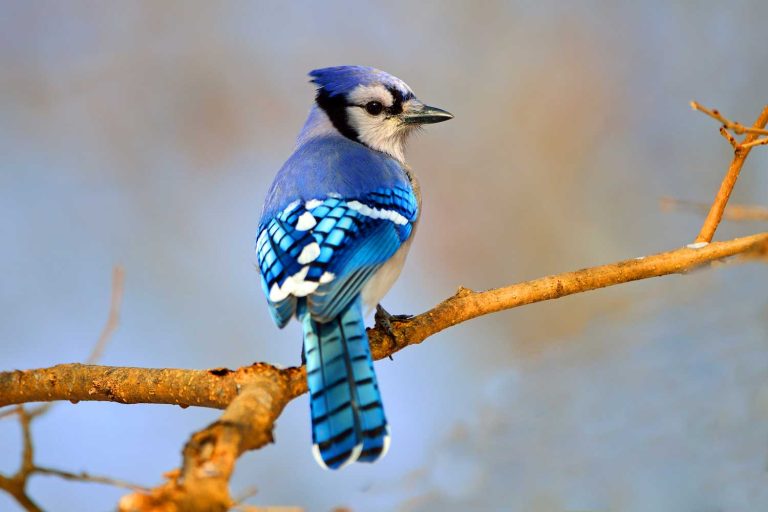How to Attract Crows: A Comprehensive Guide for Birdwatchers
Crows are some of the most intelligent and adaptable birds in the world, and observing them up close is always a thrill. Whether you’re a lifelong bird enthusiast or just starting out, bringing crows into your yard opens the door to fascinating behaviors—tool use, social interactions, even facial recognition. After more than 13 years of birdwatching, I’ve developed proven techniques for attracting these clever birds. In this guide, I’ll walk you through everything I’ve learned, with evidence-backed strategies and practical steps that actually work. And when needed, I’ll reference scientific research and expert studies to shed light on the unique nature of these birds.
Why Attract Crows?
Before diving into the specifics of attracting crows, it’s important to understand why these birds are such an appealing addition to your backyard. Crows are incredibly social and intelligent, capable of problem-solving, using tools, and even recognizing human faces. Their presence can enhance your birdwatching experience, offering you opportunities to observe behaviors that are often hidden in other species.
Moreover, crows play an essential role in ecosystems. As omnivores, they help control insect populations, scavenge food scraps, and contribute to the overall balance of nature. By attracting crows to your yard, you not only get to enjoy their company but also support local wildlife.
1. Create an Inviting Habitat
The first step to attracting crows is to make your backyard a welcoming place for them. Here are a few practical tips for setting up the right environment:
a. Offer Food Sources
Crows are opportunistic feeders, meaning they are more likely to visit a location that provides a consistent food source. Here are some foods you can offer to attract crows:
- Nuts and seeds: Crows love peanuts, sunflower seeds, and other high-protein foods. I’ve found that offering unsalted peanuts, both in the shell and out, works wonders.
- Fruits: Apples, grapes, and berries are favorites. Crows are particularly fond of ripe fruit, which provides them with natural sugars.
- Grains: Corn, oats, and rice are other foods crows readily accept. They particularly enjoy cracked corn and popcorn.
- Meat scraps: As scavengers, crows are more than happy to feast on meat scraps, including leftovers from your dinner table. Ensure the meat is cooked and unseasoned, as salt and spices can harm the birds.
- Eggs: Raw or hard-boiled eggs can also attract crows. I’ve often left eggshells in my yard, which seem to pique their curiosity.
By providing a variety of foods, you’ll increase the likelihood of crows visiting regularly. Place food in open spaces or on large platforms where crows feel safe to land and feed.
b. Water Source
Crows also need water for drinking and bathing. A shallow birdbath or a small pond can be perfect for them. I’ve noticed that crows prefer water sources that are not too deep, so make sure the water is shallow enough for them to access easily. They tend to visit water sources at dawn and dusk, making these times ideal for observing them.
c. Perching Sites
Crows love to perch on tall structures to get a good view of their surroundings. Trees with thick branches, tall poles, or even a large, sturdy bird feeder can provide an ideal perch. I’ve found that placing a few large tree branches or posts around the yard encourages crows to land and rest before heading to their food sources.
2. Minimize Disturbances
Crows are highly intelligent but can be cautious, especially when they sense potential threats. To ensure crows feel comfortable in your yard, take the following steps:
a. Reduce Noise and Activity
Crows are sensitive to loud noises and human activity. If you have pets, ensure they’re not running around during the times when crows are likely to visit. I’ve observed that when I’m quiet and seated in a concealed spot, crows are much more likely to approach.
b. Avoid Sudden Movements
Crows can quickly become wary of sudden movements. Avoid abrupt gestures or rushing outside when they are in your yard. Slow, deliberate movements help create an environment where crows feel safe and secure.
c. Use Camouflage
Crows are quick to detect human presence, so if you want to observe them from a distance, it’s best to use a birdwatching hide or camouflaged clothing. Alternatively, you can use a spotting scope or binoculars from inside your home to avoid disturbing them.
3. Understand Crow Behavior and Timing
To successfully attract crows, it’s important to understand their behavior and the best times to observe them.
a. Feeding Times
Crows are most active in the morning and late afternoon. They tend to gather in large flocks during these times, especially if they are heading to a nearby roosting site. I’ve learned that putting food out during these windows increases the chances of attracting crows. This also allows you to observe their interesting social dynamics.
b. Mimicking Their Calls
Crows are known for their distinctive calls, which can be used to communicate with others in their flock. Interestingly, mimicking a crow’s call can sometimes attract them to your yard. There are numerous online resources where you can listen to recordings of crow calls. You can even try using a crow call device to simulate their vocalizations, though I’ve found that this can be hit-or-miss.
c. Roosting Habits
Crows typically roost in large communal groups. If you live near a known roosting area, you might have better luck attracting them to your yard. By paying attention to where crows gather at night, you can strategically place food during the day in anticipation of their visit.
4. Avoid Common Mistakes
Attracting crows requires patience and attention to detail. Here are some common mistakes to avoid:
a. Using Toxic or Harmful Foods
While crows are opportunistic feeders, it’s important not to offer foods that can harm them. Never provide food that’s been seasoned with salt, garlic, or other harmful spices. Always stick to natural, unsalted, and unseasoned foods.
b. Crow Overload
While it may be tempting to offer copious amounts of food, it’s essential to avoid overfeeding crows. A constant supply of food might attract more crows than you can manage, which could lead to conflicts between them or even unwanted pests. Instead, place food in moderate quantities and refill as needed.
c. Ignoring Cleanliness
Dirty feeding areas can attract pests and disease. I’ve learned to regularly clean the feeding stations and remove uneaten food to prevent mold or rotting. This keeps the area safe for crows and any other wildlife visiting.
5. Building a Long-Term Relationship with Crows
Crows are highly intelligent birds and can remember faces and places. Over time, you may notice that crows in your yard start recognizing you and becoming more comfortable with your presence. Here’s how to build a relationship with these incredible birds:
a. Consistency is Key
Like any wild animal, crows appreciate consistency. By providing food at the same time each day, you’ll create a routine that encourages them to return. They’ll start associating your yard with a reliable food source.
b. Recognizing Individual Crows
Crows have excellent memory and are known to recognize individual humans, especially those who consistently feed them. I’ve found that crows can even recognize specific people from a distance, which is an incredible feat of their cognitive abilities.
c. Respect Their Space
While it’s exciting to attract crows to your yard, it’s equally important to respect their space. Don’t attempt to touch or handle them. Allow them to interact with the environment in their own way, and don’t interfere with their natural behaviors.
Conclusion
Attracting crows to your yard can be a fascinating and rewarding experience, and with the right approach, it can create a lasting bond between you and these incredible birds. From offering food sources to providing safe perching sites, the key to success lies in creating an environment where crows feel safe, comfortable, and well-fed. Over time, you’ll be able to observe their impressive intelligence and social behavior up close, making your birdwatching experience even more enriching.
For more expert tips and advice on attracting other bird species, feel free to explore my other guides and keep an eye out for the next exciting chapter in your birdwatching journey.
FAQ: How to Attract Crows
1. What food attracts crows the most?
Crows are highly attracted to unsalted peanuts, meat scraps, fruits like apples or grapes, and grains such as cracked corn. They prefer high-protein, high-fat foods that are easy to scavenge.
2. Is it safe to feed crows in my backyard?
Yes, feeding crows is generally safe as long as you avoid processed or seasoned food. Always offer fresh, unspoiled items and clean the feeding area regularly to prevent disease or attracting pests.
3. How do I get crows to trust me?
Crows remember faces and can build trust over time. Be consistent with feeding times, avoid sudden movements, and maintain a quiet presence. Eventually, crows may start recognizing you as a safe and reliable food source.
4. Can I attract just a few crows without drawing a whole flock?
To limit large flocks, offer smaller food portions and avoid leaving food out all day. Keeping your setup minimal and discreet helps attract a few regulars rather than overwhelming numbers.
5. What time of day are crows most active?
Crows are typically most active during early morning and late afternoon. These are the best times to offer food and observe their behavior.
6. Do crows need a water source in my yard?
Yes, providing a shallow birdbath or dish of clean water can significantly increase your chances of attracting crows. They use water for both drinking and bathing.
7. Are crows dangerous to other birds or pets?
Crows can be territorial and may occasionally drive off smaller birds. However, they rarely pose a threat to pets. Providing separate feeding zones can reduce conflict in your backyard.
8. Will crows remember me if I feed them regularly?
Yes! Studies have shown that crows can recognize individual human faces and remember those who feed them—both positively and negatively—for years.

